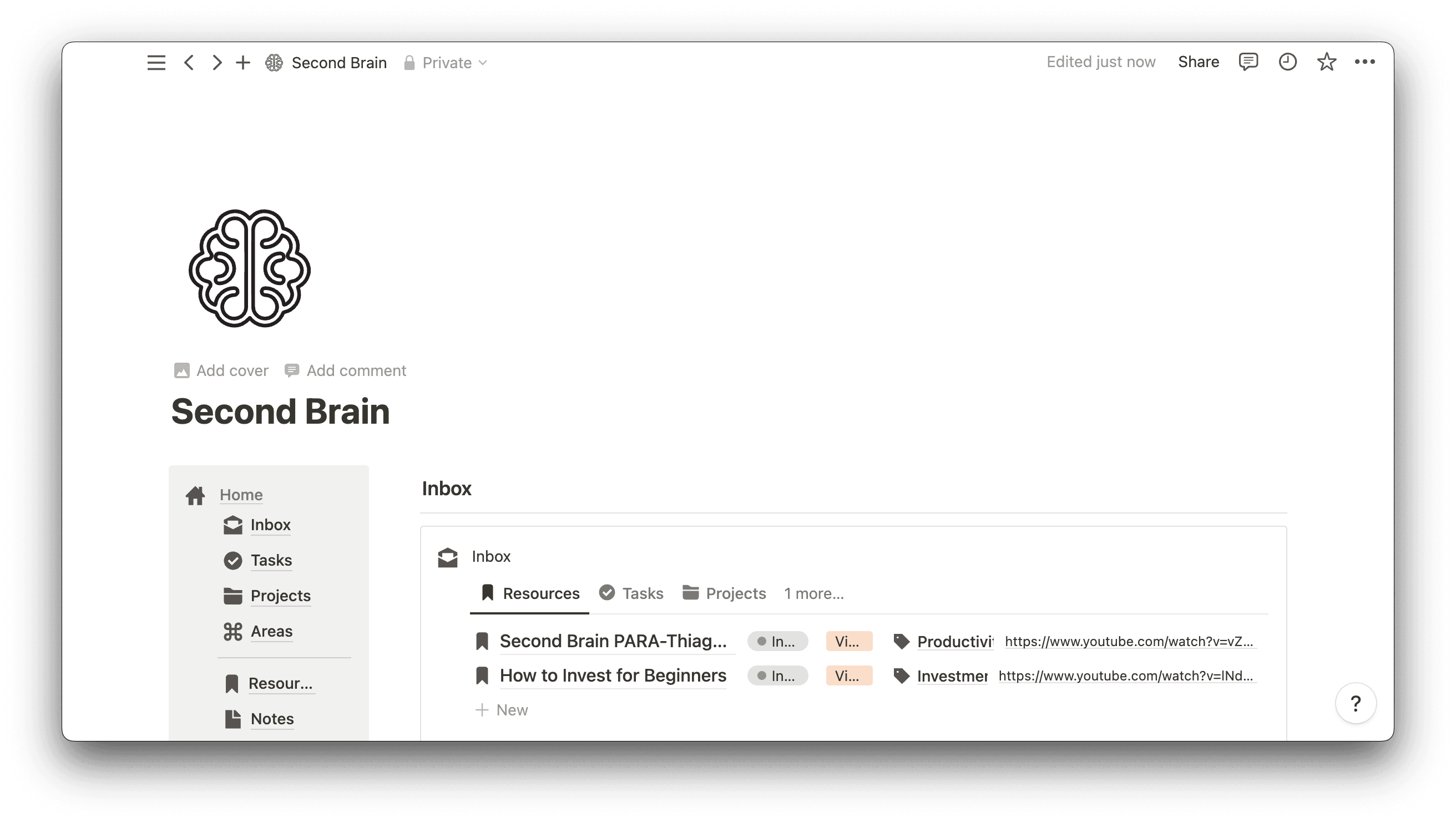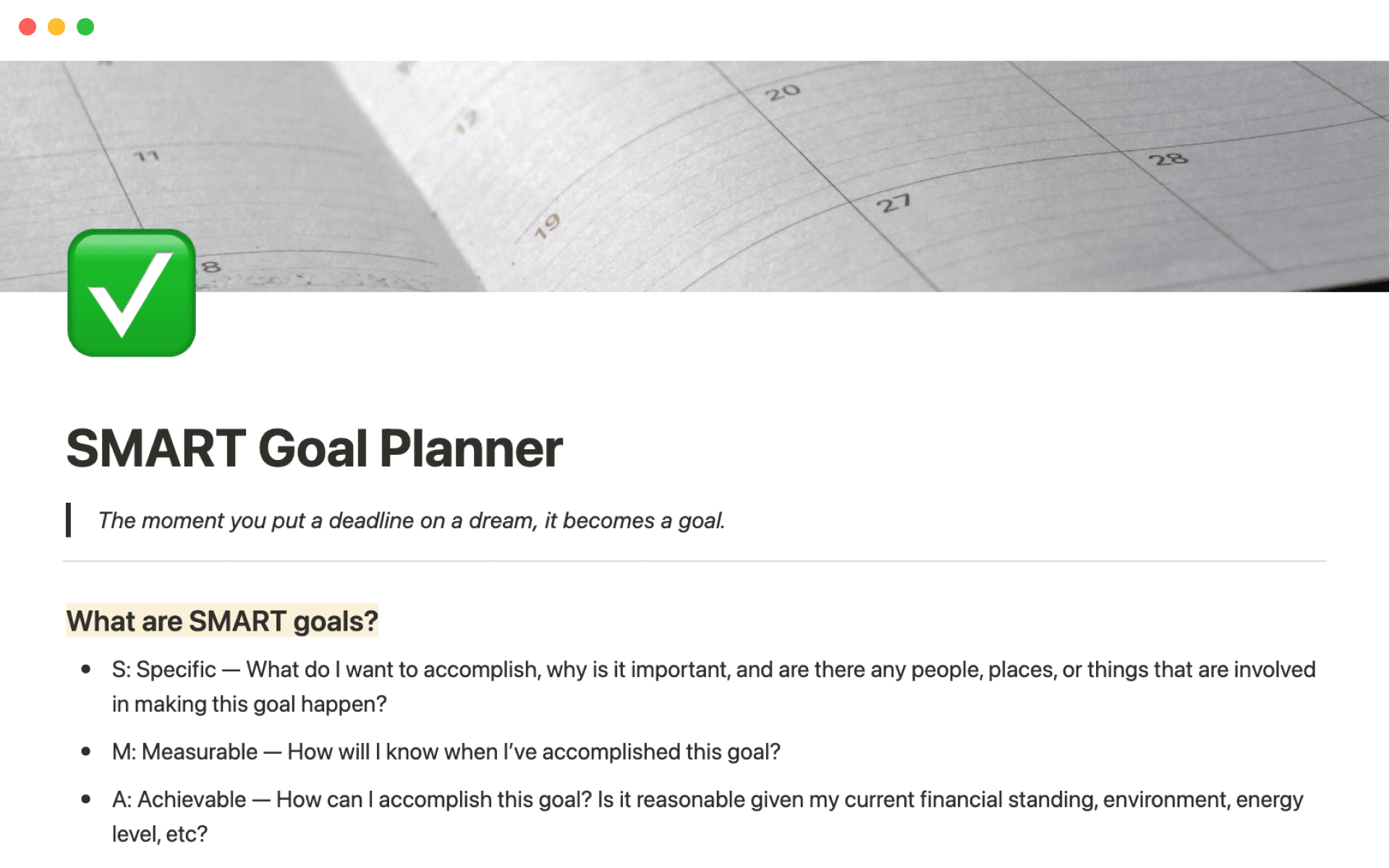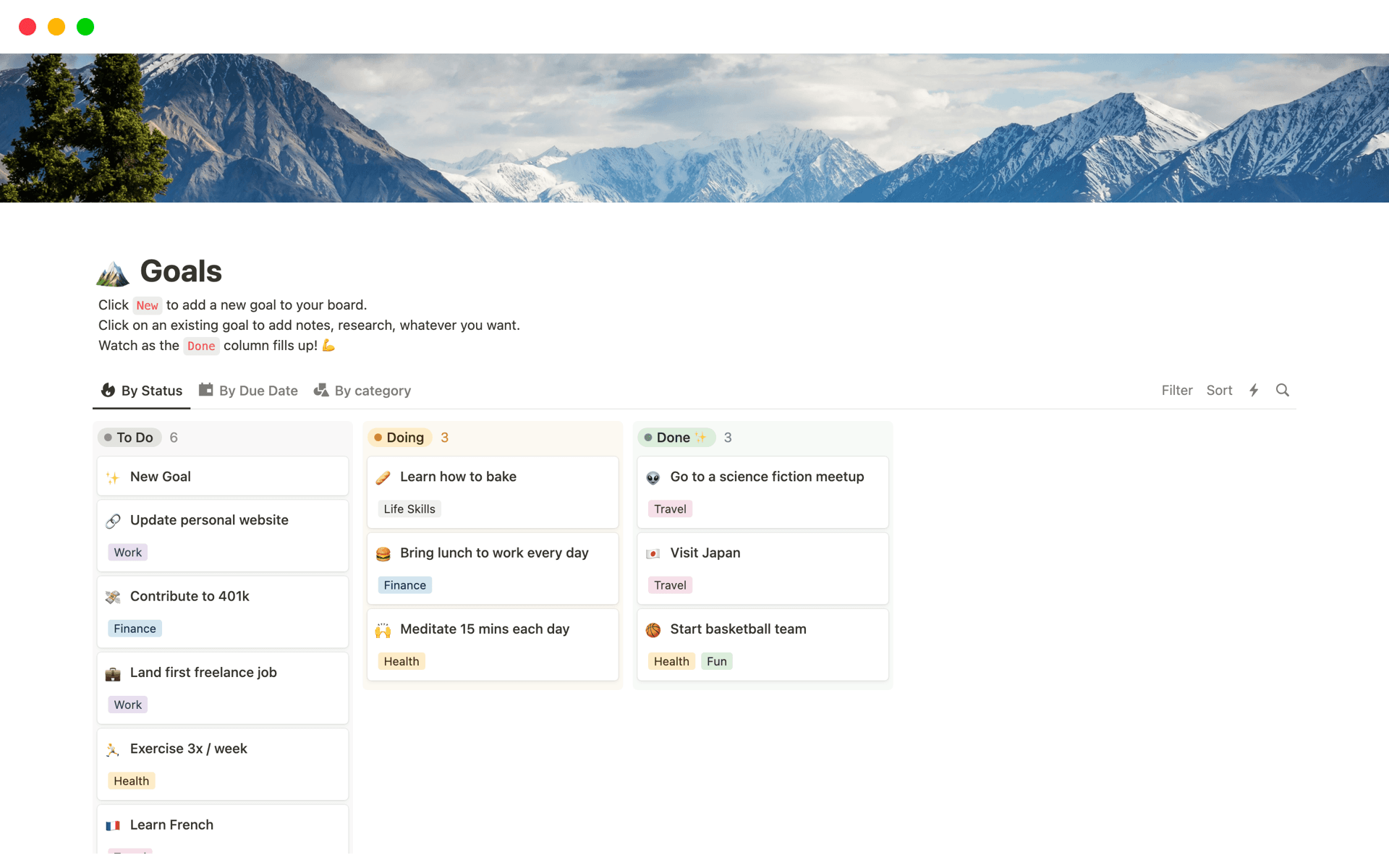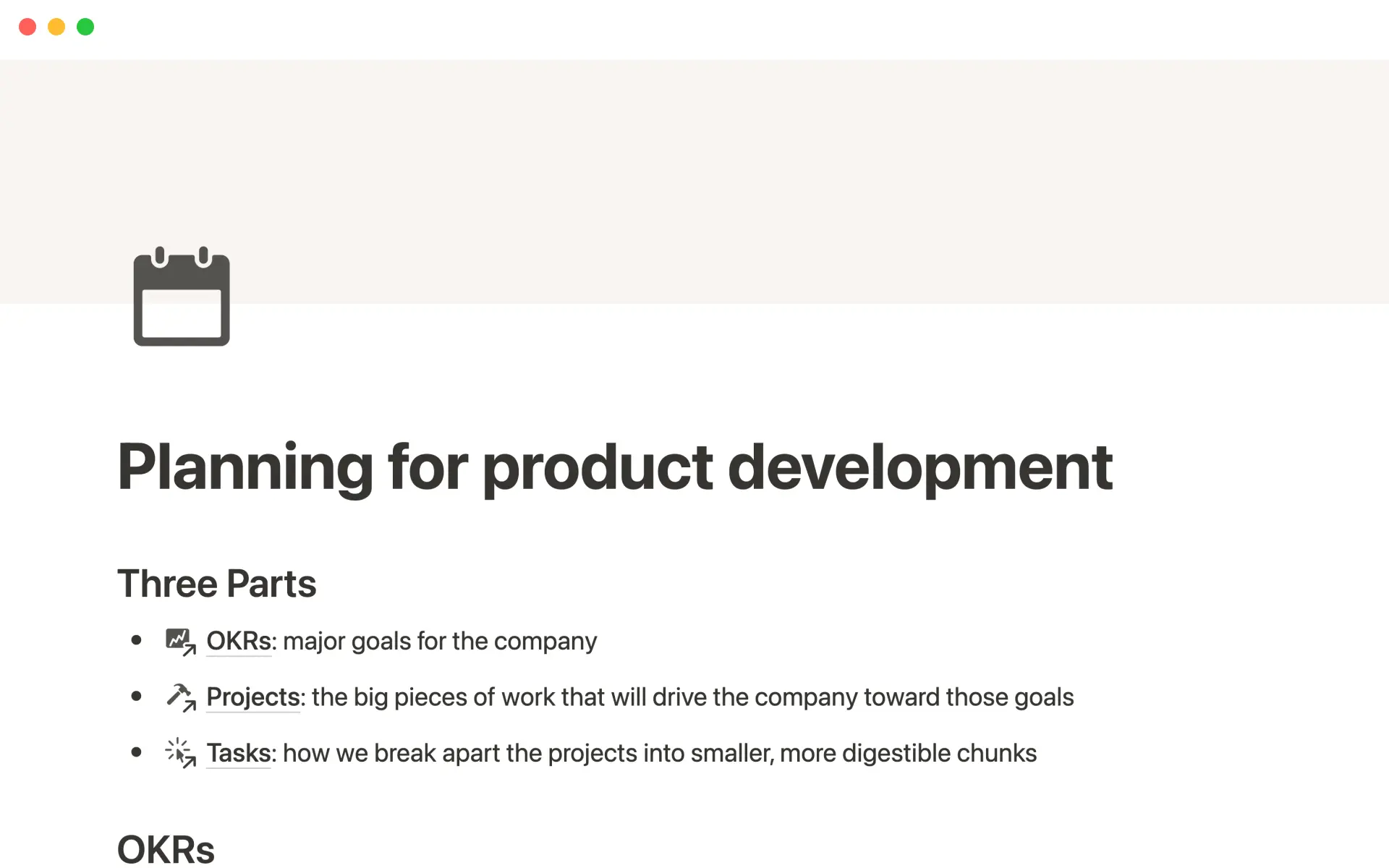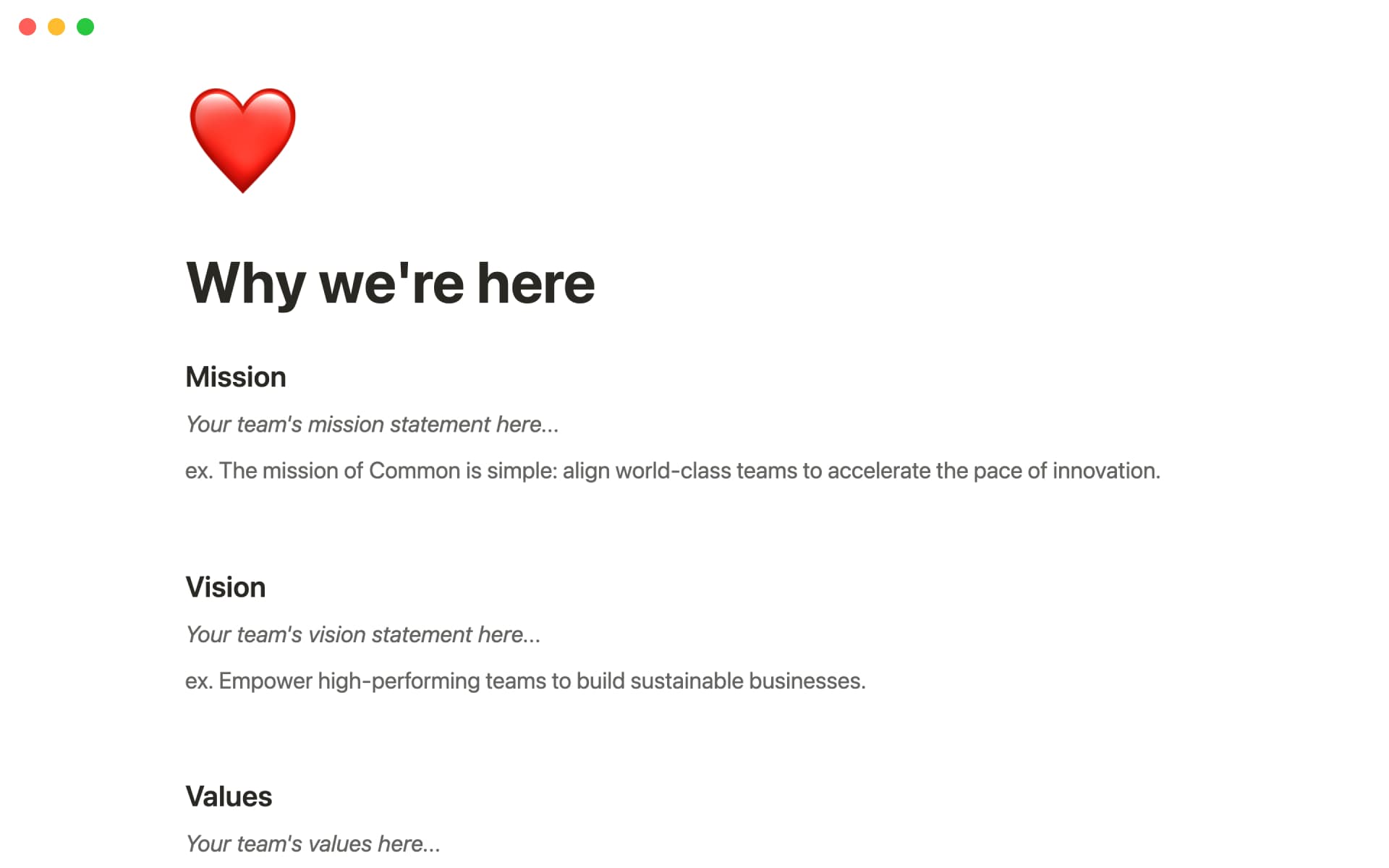Shoot for the moon. The sky’s the limit. Dream big.
These are more than motivational slogans — they’re principles that resonate deeply with businesses striving to unleash their full potential.
Enter “stretch goals,” strategically ambitious benchmarks for expectations and achievements. In the corporate world, these goals act as catalysts, propelling organizations toward growth and success.
By harnessing your team’s ambition and determination, you can steer your organization on a path to innovation. Let’s explore what stretch goals are and how they work.
What are stretch goals?
Stretch goals, referred to colloquially as BHAG’s (or “big hairy audacious goals”), are objectives a company sets to go further — much further — than its current successes. Their purpose is to elevate the organization’s abilities by daring to dream big and pushing the boundaries of what's possible in terms of output, effort, and dedication.
These goals aren’t meant to burden teams with unrealistic outcomes. Instead, they represent a vision for the company’s full and unfettered potential. They’re something for staff to strive for — and usually fall short of.
We often lump stretch goals in with SMART goals, as the intention behind both is to improve and maximize output, efficiency, and profits. However, while a SMART goal is focused on specific, measurable, achievable, realistic, and time-bound initiatives, a stretch goal isn’t nearly so concrete. It’s a grand vision of what could be.
For example, a SMART goal could be to launch a new product into an existing field and earn 20% of the market share within a year. A stretch goal would be to have that same product be the number-one seller worldwide for the next decade. Perhaps your vision is out there, considering where your company is currently positioned, but it never hurts to dream.
Why are stretch goals important?
Stretch goals do more than inspire creativity and rally the troops to overachieve. They also draw talent toward your business by creating an exciting work environment where anything seems possible.
Other benefits of stretch goals include:
Innovation leaps — having to come up with new innovations or technology in order to meet a stretch goal fosters new ideas, breakthroughs, and resource usage.
Increase in productivity — team members who buy into the grand vision are inspired to work even harder to achieve these far-out ideas.
Motivational competition — employees push themselves and their cohorts to even greater heights when they’re excited about the future.
Enhanced creativity — in order to accomplish these lofty goals, staff turn to “outside-the-box” creative thinking.
Ties to a greater good — being a part of a company that’s positioning itself for a greater cause inspires passion and commitment. This environment encourages the team to embrace the organization’s mission while they work toward these goals.
Outside investment — investors love new ideas and innovations. Getting third parties excited about a stretch goal can generate unanticipated funding opportunities from those who want to be part of the dream.
The stretch goal paradox
Stretch goals are most effective when used by organizations that are already experiencing a positive uptick in sales, brand reputation, and employee morale. Unfortunately, this is often when a business is least likely to use them, because they don’t see a need.
Instead, companies in real or perceived peril tend to be the ones who use stretch goals in a futile and desperate attempt to save themselves. This is known as the stretch goal paradox: the companies that are most likely to fail are most likely to attempt to achieve the farthest-reaching stretch goals.
Moreover, stretch goals can introduce a slew of challenges that may actually hinder production and completion. Some of these challenges include:
Ambiguity — if your goals are too vague, team members might not be able to make the connection between idea and execution.
Skill deficiency — if the motivation is there but the required skills aren’t, this can cause serious delays and expenditures.
Performance anxiety — employees used to high-output, high-yielding results may become frustrated with stretch goals and lose confidence trying to accomplish them.
Cutting corners — standards and regulations can fall by the wayside in an effort to reach stretch goals, creating a pattern of bad habits.
If you’re considering a stretch goal, think carefully about your organization’s position and resources. Is now the right time to shoot for the moon?
5 steps for successfully setting and achieving stretch goals
When setting stretch goals, a good place to start is by asking yourself “How can awesome be realistically redefined?”
Here are five steps for deciding on and racing toward your dreams:
1. Define your stretch goals
First, ask yourself whether a stretch goal is a fit for your company’s desires and abilities. Does your team prefer big challenges or small, easily obtainable workplace goals? Can your team’s workflow increase dramatically? Do you have the resources to expand your operations? Knowing the answers to questions like these will help shape your stretch goals.
Next, sit down and write out your wildest dreams. If anything was possible, what would you like your company to achieve in the near future? Seek feedback from key stakeholders and land on one stretch goal to share with the team.
2. Ride the momentum
High morale and positivity make even the most lofty dreams seem closer to reality. And with strong sales or performance momentum, it can be easier to convince stakeholders and employees to invest in them.
3. Assemble the troops
Bring your teammates on board for the creation process. Input and opinions from outside perspectives provide you with information and outcomes you might have overlooked, and the process helps everyone feel invested in the goal. This is a great time to conceive timelines that are ambitious but somewhat reasonable for your staff.
4. Visualize the outcome
Try creating a dream calendar for everyone to follow that has mock milestones and ideal outcomes. While you want to keep one foot grounded in reality, allowing everyone to see the stretch goal mapped out is empowering — and makes it that much more obtainable.
A good way to visualize the goals is by using a template like this one:
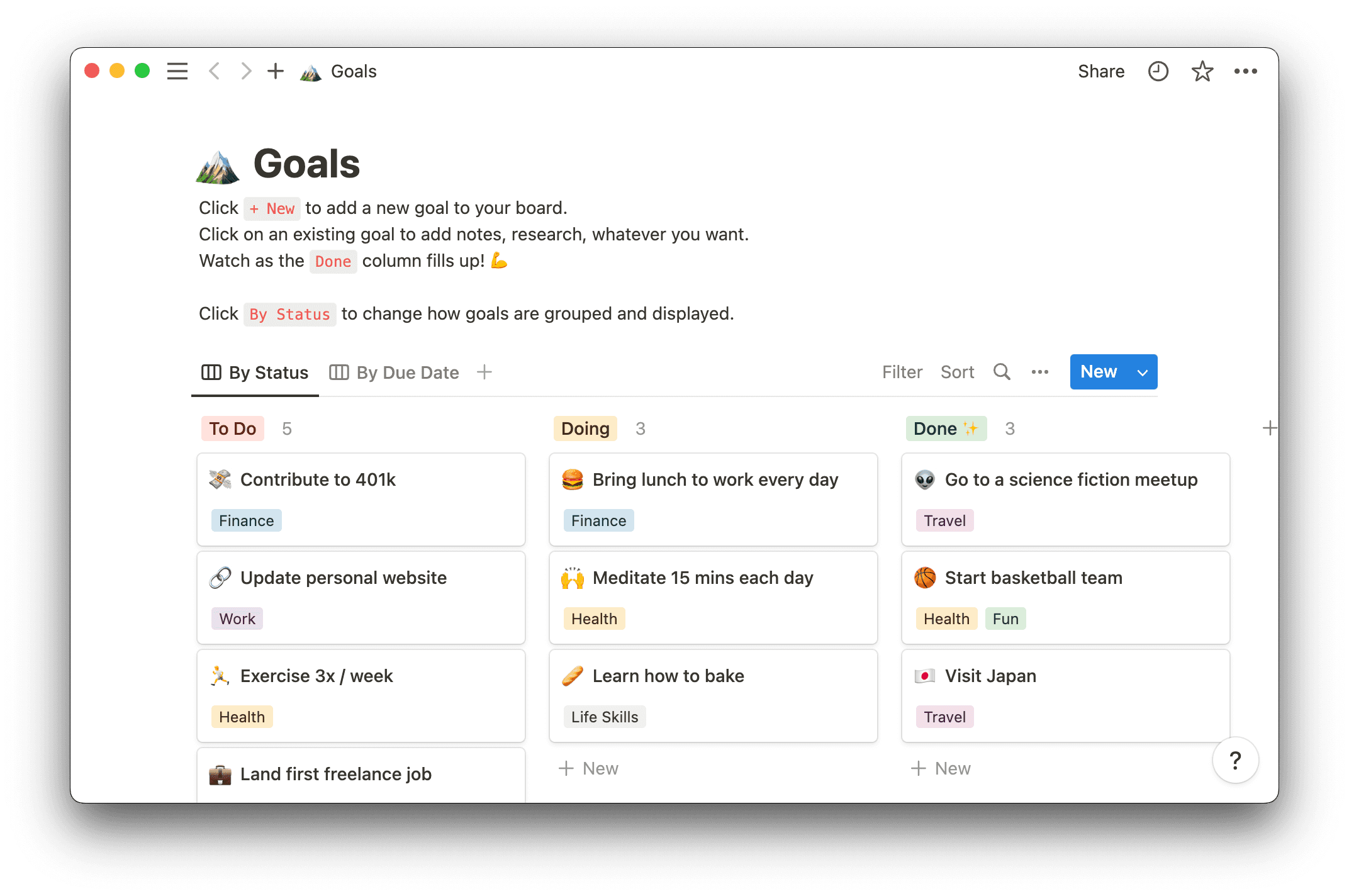
With this tool, everyone can see an overview of your vision, your reasoning, and the inception of the processes involved.
5. Track and evaluate your progress
Implement the SMART goal framework to take tangible steps towards your stratospheric ideas. By tracking tasks and their completion, you can see the company’s progress and adjust objectives as necessary. Try Notion’s free template for a SMART goals tracker.
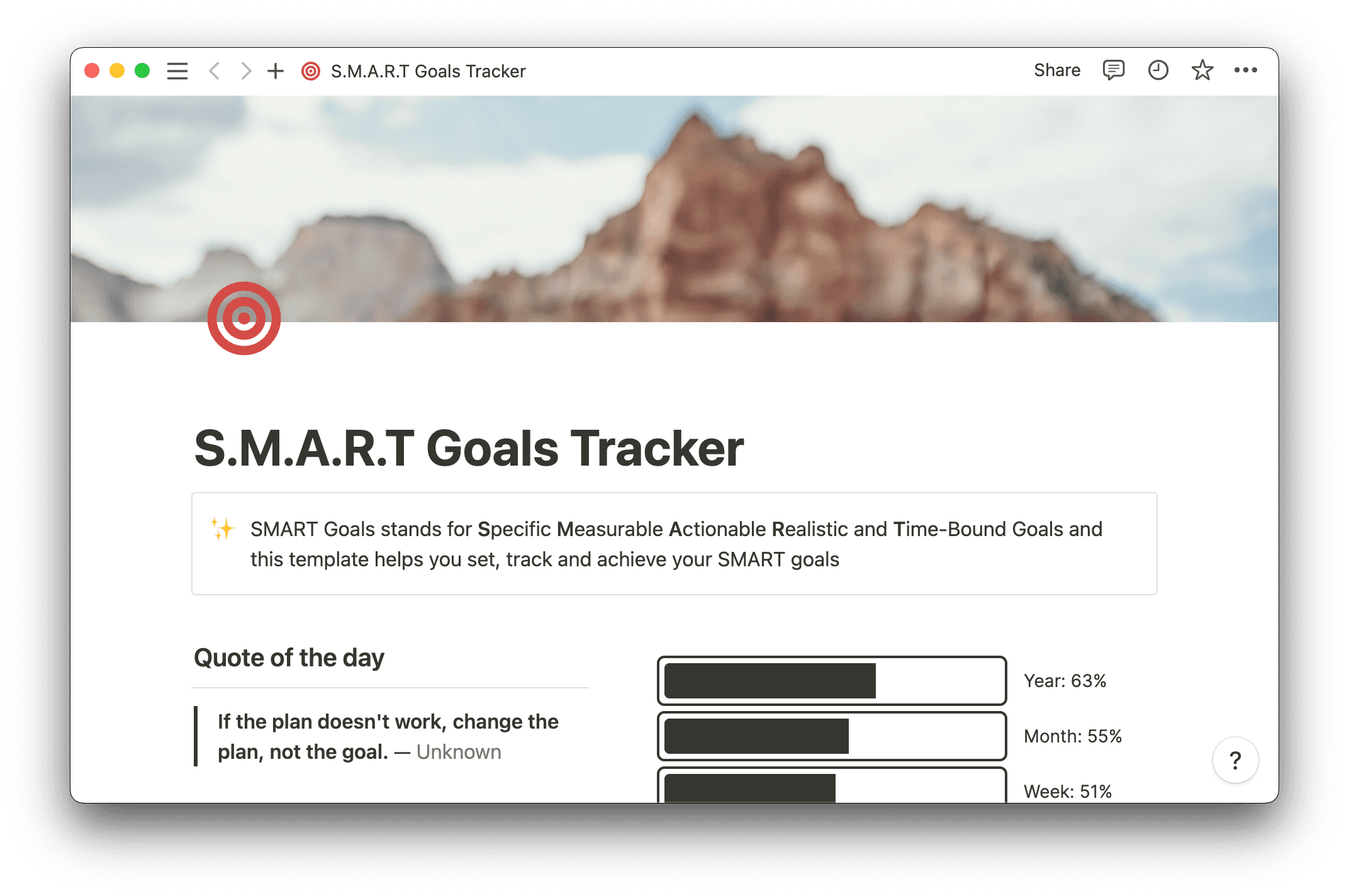
Remember, stretch goals don’t necessarily need to be met — and if they aren’t, that’s not failure. They’re just a means of documenting your ambitions and tracking how close you can get to realizing them.
Some stretch goals examples
Stretch goals can be used in myriad instances within your business realm. Here are three hypothetical examples.
Example #1: The organizational stretch goal
You want your platform to overtake Google as the number one search engine in the world by 2025. To do this, you have to gather data, earn user trust, and spread the word to the entire internet community. You create a calendar outlining milestones and key performance indicators over the next several years.
Example #2: The management-level stretch goal
As a production manager, you’re aiming to increase the output of your product so there are no Christmas rush shortages — without increasing production or labor costs. You ask your team for their solutions, listen to their feedback, and collaborate with them to organize a game plan that won’t burn them out.
Example #3: The personal stretch goal
You’re frustrated because you don’t know basic coding, which means you can’t fully understand or effectively communicate your ideas clearly with the IT, research, and development teams. You set a goal to acquire and read every piece of literature available to teach yourself about Python, C++, and Javascript within a year.
Achieve your goals and objectives with Notion
There’s nothing wrong with dreaming big. Setting stretch goals for your business is a great way to conceptualize these dreams and encourage the rest of the team to buy in.
But this is just the beginning of the process of building that proverbial rocket to the stars. Defining, refining, and tracking these goals is an essential aspect of turning them into reality.
Goal action plans, goal setting and tracking, and individual development plans are just a few of the free Notion templates that can help you stay organized on this exciting journey. Sign up with Notion today and get started on the path to unparalleled success.

